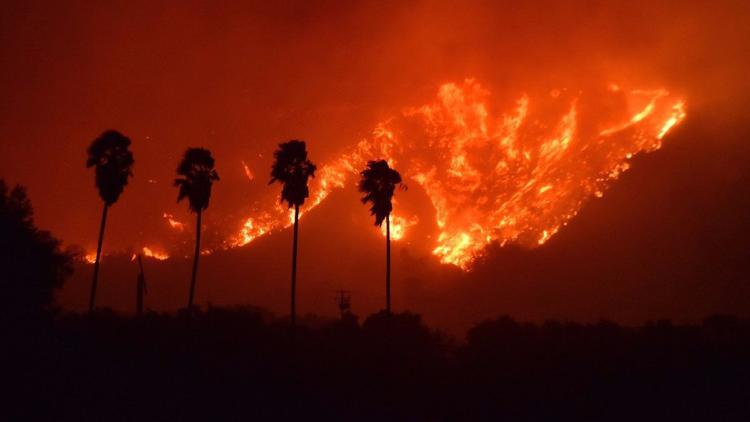Can shutting off power prevent wildfires in California during windy weather?

In California there is a recognised danger of powerlines sparking wildfires when it is extremely windy. Given this state of affairs, utilities in the state are responding with proactive, if drastic, measures – shutting off the power . Last week, the residents of the area controlled by Southern California Edison spent around 33 hours without electricity because of the high winds. This was a measure that was supposed to prevent the outbreak of a wildfire. The same thing happened to people living in a mountainous area of southeast San Diego. This occurred while huge portions of Southern California was under red flag alert – meaning that there was a high risk of wildfires because of the adverse weather. A spokesperson from San Diego Gas & Electric (SDG&E) explained the importance of de-energising as a tool to protect communities at risk from being affected by wildfires. This dramatic step has come into play as a result of one of the worst wildfire seasons in California’


